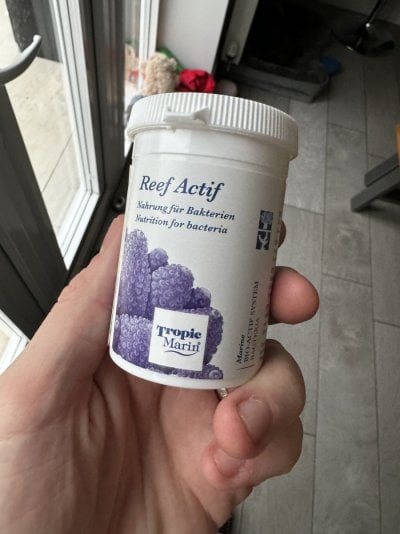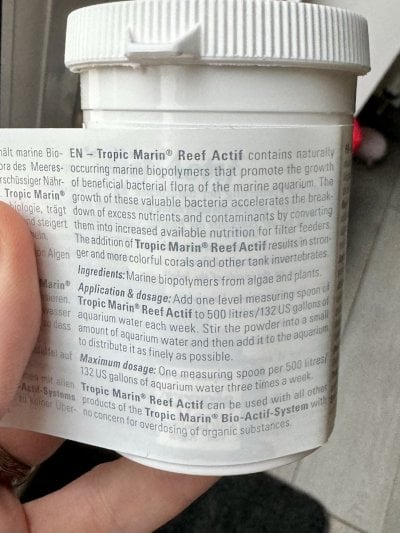Nice read! Thanks!
Regarding Reef Actif and it being described as "mainly seaweed derived bio-polymers", this makes me think of alginate. I've worked with alginate and the Reef Actif powder looks and feels very similar.
Alginate is widely used to make moulds and it's used as thickening agent in foods as well. So it's very easy to come by. Our hobby is very small, so the chance of this product being anything unique is extremely small (zero) I would say.
Are there any other candidate seaweed polymers that would fit the description, be regularly available and cheap?
I have some Reef Actif somewhere. If I can find it I'll see how it behaves when I mix it in a ratio for mould making...
Regarding Reef Actif and it being described as "mainly seaweed derived bio-polymers", this makes me think of alginate. I've worked with alginate and the Reef Actif powder looks and feels very similar.
Alginate is widely used to make moulds and it's used as thickening agent in foods as well. So it's very easy to come by. Our hobby is very small, so the chance of this product being anything unique is extremely small (zero) I would say.
Are there any other candidate seaweed polymers that would fit the description, be regularly available and cheap?
I have some Reef Actif somewhere. If I can find it I'll see how it behaves when I mix it in a ratio for mould making...





















